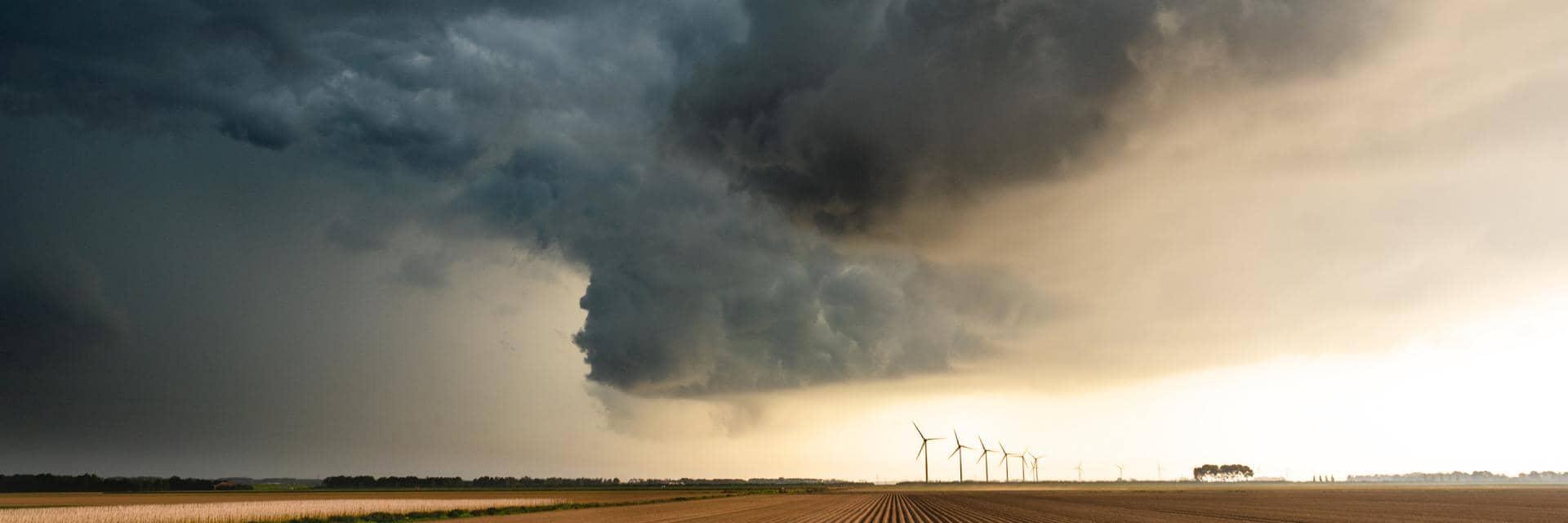Looking at companies likely to prosper from long-term, secular, trends can provide an antidote to all the uncertainty facing investors. Catastrophe bonds, infrastructure projects, and innovation are three areas that can help to diversify portfolios, and potentially address climate change challenges along the way.
Whether it’s the risk of an upcoming recession, rampant inflationary pressures, or unprecedented geopolitical tensions, investors are struggling to express conviction at this highly uncertain time. While we remain positive on the medium-term outlook for equities and other risk assets, we acknowledge that this may not be seen for some time.
In this context, holding cash can make sense, at least tactically. However, the longer you wait, the more expensive it gets, especially when inflation is eating up your purchasing power. When uncertainty seems to be everywhere and when the noise gets too loud, it can be worth stepping back and focusing on what we know (or is at least seems highly probable).
Whether the US Federal Reserve hikes six or nine times this year, the conflict in Ukraine lasts another month, or even a year, or if global growth hits 3% or 0% in 2022, there are secular trends that won’t change. They may accelerate or decelerate occasionally, but their relevance is rarely questioned.
Focusing on these “themes” can help investors to overcome their doubts and achieve what we believe remains the best course of action over the long term: to be invested in a diversified portfolios of assets.
In this article we explore three of themes: the market of climate-related adverse events, the global need for more infrastructure spending, and the acceleration in digital innovation. This is not an exhaustive list, but rather a suggestion as to which themes seem relevant and should contribute positively to portfolio returns over time.
CAT bonds as a source of diversification
Fixed income investors are facing significant headwinds in the form of higher yields. While the bulk of the move higher seems over, other concerns are surfacing. In credit, default rates remain low, but the risk of an upcoming economic slowdown could change this dynamic. But what if, instead of trying to predict whether companies will be able to repay their debt, investors took exposure to a different sort of risk?
Enter catastrophe bonds (or “CAT” bonds). These fixed income instruments appeared in the aftermath of Hurricane Andrew in 1992 as a tool, largely for insurance and reinsurance companies, to better redistribute risk linked to specific natural catastrophes.
Specifics
No two CAT bonds are the same, each covering one event, or a series of them, over a specific period and with well-determined triggers. However, their general characteristics can be appealing for bond investors.
First, the bonds tend to be of relatively short duration (typically less than five years) and often offer some protection against rising yields. In fact, the asset class exhibits low or even negative correlation to other, more traditional, segments of the market. Indeed, although CAT bonds’ risk-reward dynamics depends on pricing similar to high yield, the spread cycle is usually independent of the classical credit, or economic, cycle, which can provide considerable diversification benefits over time.
Second, while climate change is causing more weather-related events, most CAT bonds cover extreme disasters and are therefore rarely triggered. In fact, expected losses often hover between 2.5% and 4.5%, not too dissimilar to the expected default rates in the high yield segment of the fixed income market. But just like any insurance policy, premiums to protect against disaster usually increase quickly after an adverse event. This tends to support recovery rates while keeping spreads relatively wider for a while, which can allow investors to achieve better returns in the future.
Build it and they will come
According to the G20’s Global Infrastructure Hub, infrastructure investments need to reach $94 trillion by 2040 to support global economic growth and to start to close infrastructure gaps. The total bill would approach $100 trillion to meet the UN Sustainable Development Goals (SDGs) for universal household access to drinking water and electricity by 2030.
Unlike CAT bonds, whose fate is uncorrelated to global gross domestic product (GDP) growth in any given year, infrastructure spending is a determinant of GDP. As such, and maybe counterintuitively to Keynesian economists, investments can slow when growth decelerates. As such, this theme does not provide as much diversification. Yet, to be ready to accommodate an additional two billion people in the next 30 years, we will need to spend more on infrastructure.
In addition, it is not just about additional water pipes, roads, and sewage systems anymore. In fact, the next generation of infrastructure is more digital and sustainable. This expands considerably the investable universe and offers investors numerous opportunities to benefit from future growth, while gaining exposure to assets that typically offer predictable returns over the medium- to long-term.
Innovation, Innovation, Innovation
It is widely accepted that the COVID-19 pandemic has advanced technology adoption by a few years. This applies not only to how we work and consume, but to how companies manage their supply chains, increase reliance on automation, and find innovative solutions to meet demand. While some of the pandemic winners are likely to suffer a growth hangover in the coming months, as lives hopefully keep returning to some sense of normality, the move towards a more digital world appears inexorable.
Of course, high-growth and innovative businesses are not immune to macroeconomic trends. In particular, higher yields have put pressure on valuations recently and this adjustment is expected to persist in the short term. However, in the longer term, the main driver of stocks’ returns remains companies’ ability to boost earnings.



